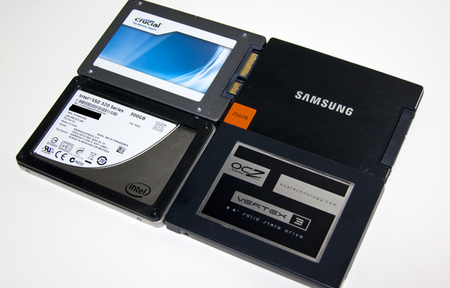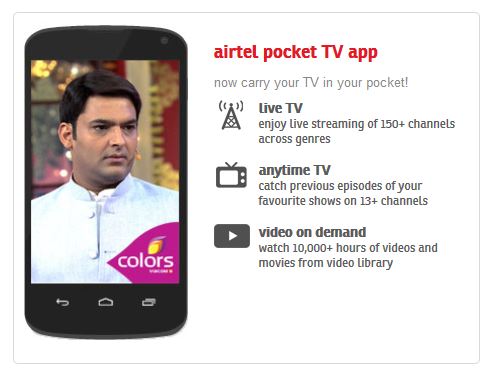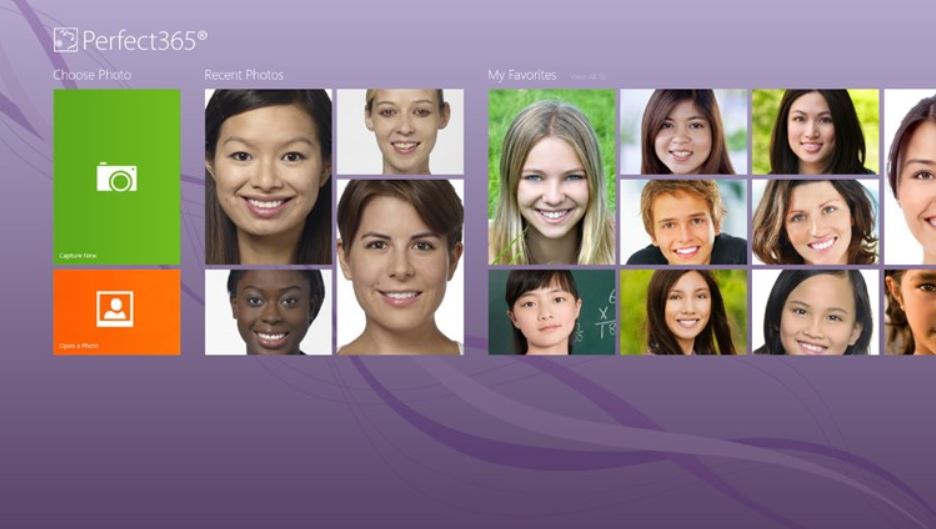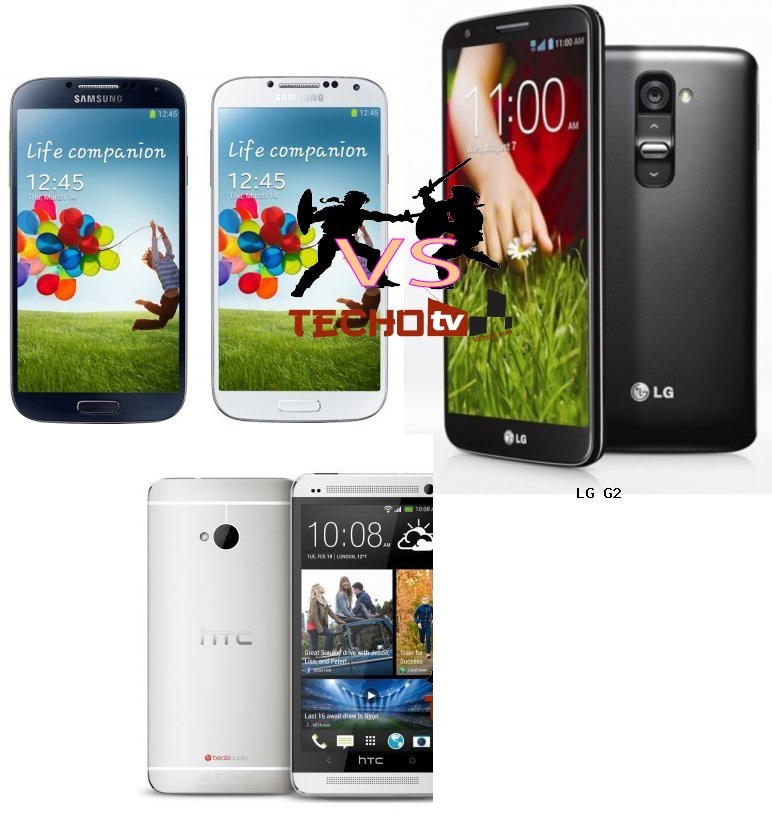Remember the days of lugging around a dedicated camera, maybe even an extra bag for lenses and film (or memory cards)? It feels like a distant memory, doesn’t it? The humble smartphone didn’t just casually place a camera in our pockets; it unleashed a full-fledged photographic revolution. Suddenly, that sleek device became our portable photo lab, our on-the-go editing suite, and an instant gateway to a global audience. Capturing a moment transformed from a planned event into an effortless, integrated part of daily life.
We’ve come a long way from those initial, often blurry, smartphone snaps. Now, we wield devices powered by mind-bending AI and computational photography that perform feats of near magic. This technological surge hasn’t just improved image quality; it has fundamentally democratized the art of taking pictures. Everyone, and we mean everyone, is a photographer today, documenting the grand epics of life, the quiet beauty of the everyday, and yes, perhaps a few too many photos of their culinary adventures. It’s undeniable: smartphones have literally changed how we see, capture, and share our world.
Speaking of quick rewinds and picture-perfect moments, our team cooked up a little visual snack that captures this transformation in a flash. Check it out:
Now, let’s dive deeper into this fascinating journey.
Table of Contents
The Early Days: When Convenience Trumped Quality
The first camera phones, emerging in the early 2000s, were novelties more than serious photographic tools. We’re talking resolutions like 0.3 megapixels (VGA), grainy images, and terrible performance in anything but perfect lighting. Yet, they held an irresistible allure: convenience. The camera was always with you. No need to remember to pack a separate device. This “always-on” aspect was the seed of the revolution.
Initially, the mantra was “the best camera is the one you have with you.” Smartphone photos were often relegated to quick snaps, visual notes, or low-resolution MMS messages. They couldn’t hold a candle to even basic point-and-shoot cameras in terms of image quality, let alone DSLRs. But the sheer ease of capture and the nascent ability to share (albeit clunkily at first) started to shift user behavior. The focus wasn’t on artistic perfection but on instant documentation.
Snapping Goes Mainstream: Photography for All
As smartphone cameras slowly improved, something profound happened: photography, once a hobby or profession requiring investment in gear and knowledge, became accessible to virtually anyone with a phone. This democratization is perhaps the most significant impact of smartphone photography. Suddenly, billions of people had a capable camera in their pocket, ready to capture life’s moments, big and small.
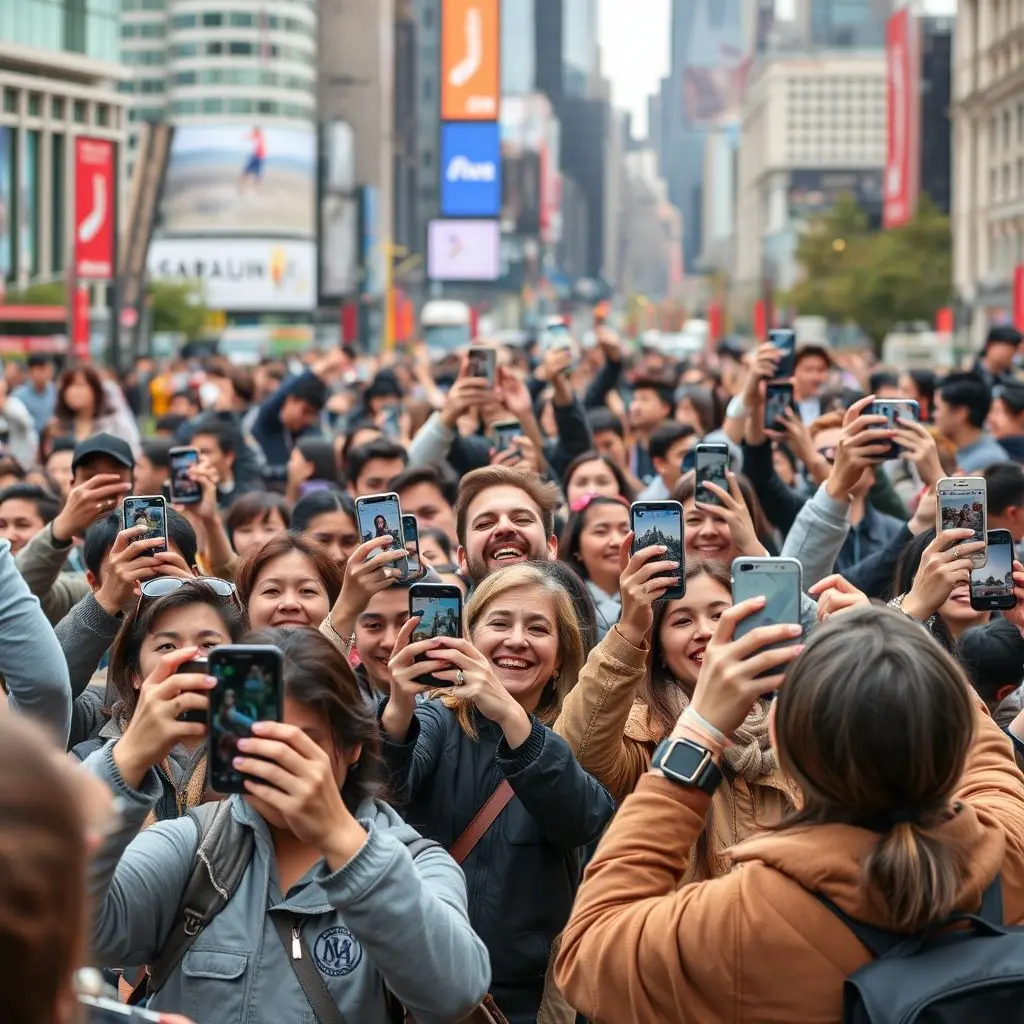
This led to an explosion of visual content. Citizen journalism found a powerful new tool, with ordinary people documenting events as they unfolded, often faster than traditional media. We started seeing the world through countless more perspectives. From birthday parties to protests, from stunning landscapes stumbled upon during a walk to, yes, meticulously arranged brunch plates – everything became photo-worthy. The visual narrative of our collective experience expanded exponentially.
Power in Your Palm: The Hardware Evolution
While early improvements focused on simply cramming more megapixels onto tiny sensors (often with diminishing returns), the real breakthroughs in smartphone camera hardware came later and were far more sophisticated. Manufacturers began a relentless pursuit of better image quality, shrinking down and adapting technologies previously found only in dedicated cameras.
- Sensor Improvements: Sensor sizes gradually increased, and technologies like Back-Side Illumination (BSI) became standard, allowing sensors to capture more light and perform better in dim conditions.
- Lens Advancements: Single, fixed lenses gave way to complex multi-lens arrays. We now routinely see smartphones with dedicated wide, ultrawide, and telephoto lenses, offering incredible versatility. Innovations like periscope lenses have enabled significant optical zoom capabilities without making phones overly bulky.
- Image Stabilization: Optical Image Stabilization (OIS) and Electronic Image Stabilization (EIS) became crucial for reducing blur from hand shake, especially vital for smaller sensors and longer exposures in low light or when zooming.
- Autofocus Systems: Autofocus speeds and accuracy improved dramatically with technologies like Phase Detection Autofocus (PDAF) and Laser Autofocus, ensuring subjects are sharp and in focus, even when moving.
These hardware advancements laid the crucial groundwork for the next giant leap: computational photography.
The Brains Behind the Beauty: Software as a Superpower
If hardware improvements were about getting better raw ingredients (light and data), computational photography is about using incredibly smart software and AI to cook up a masterpiece. This is where smartphones truly began to challenge, and in some cases surpass, traditional cameras in specific scenarios. Computational photography refers to digital image capture and processing techniques that use digital computation instead of (or in addition to) optical processes.
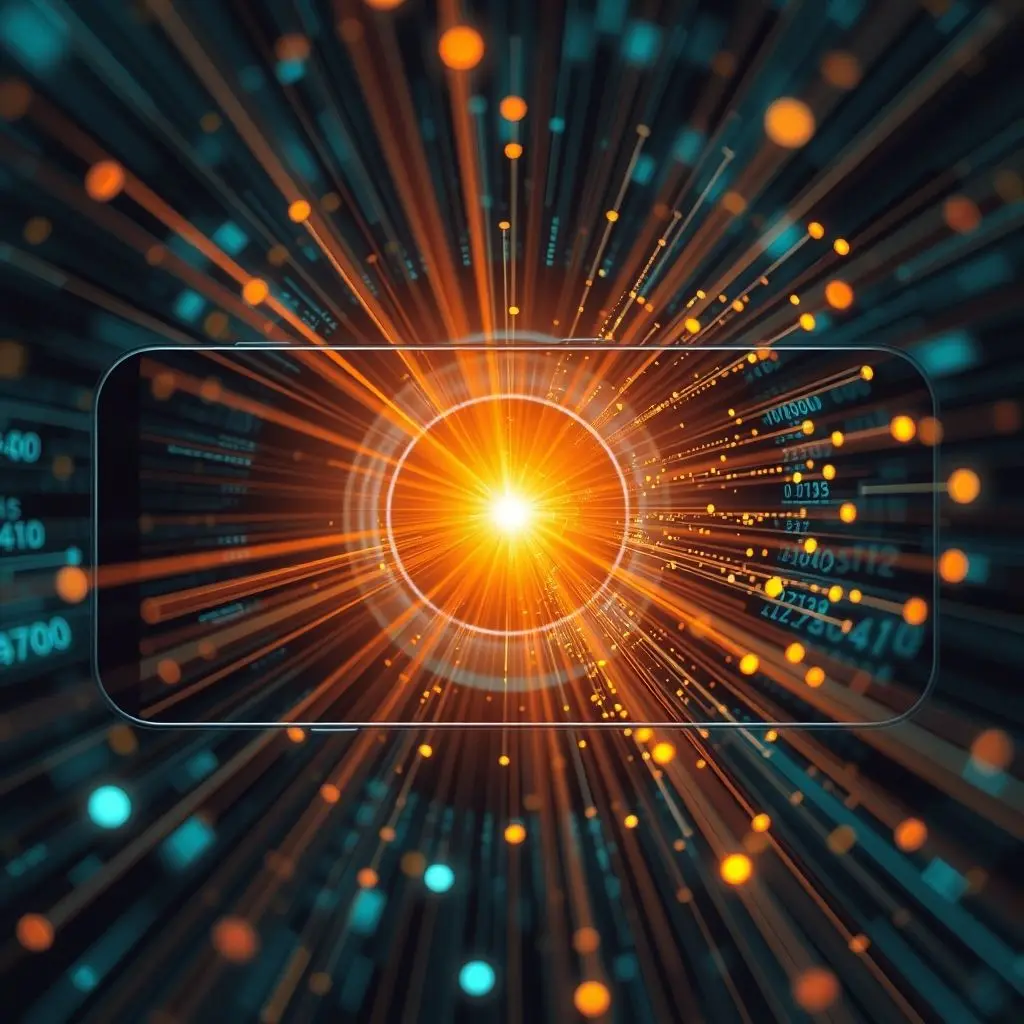
Here are some key examples:
- HDR (High Dynamic Range): Instead of one photo, the phone rapidly takes multiple shots at different exposures and merges them to create a single image with balanced detail in both the brightest highlights and darkest shadows.
- Portrait Mode (Bokeh): Using multiple lenses or AI-powered depth mapping, smartphones can artificially create the pleasing background blur (bokeh) previously achievable only with wide-aperture lenses on larger cameras.
- Night Mode/Low-Light Photography: This is arguably one of the most impressive feats. Phones capture multiple frames over several seconds, aligning them and intelligently combining data to produce bright, detailed, and relatively noise-free images in near darkness.
- AI Scene Recognition: Your phone’s AI can identify what you’re shooting (e.g., food, pets, landscapes, sunsets) and automatically optimize settings like color, contrast, and sharpness for the best possible result.
- Super-Res Zoom: By combining data from multiple frames and AI upscaling, smartphones can achieve surprisingly good digital zoom quality beyond their optical capabilities.
Computational photography essentially allows tiny smartphone sensors and lenses to overcome their physical limitations, performing complex tasks in real-time that would require significant manual effort and post-processing with traditional cameras.
From Capture to Connection: The Social Impact
Beyond just taking photos, smartphones fundamentally changed how we share them. The cumbersome process of transferring images from a camera to a computer, then (maybe) uploading them online, was replaced by a seamless tap-and-share experience. This immediacy fueled the rise of visual social media platforms.
Instagram, Snapchat, Facebook, TikTok – these platforms thrive on the constant stream of images and videos captured and shared via smartphones. Photography became a language, a way to communicate experiences, emotions, and status updates in real-time. This “always connected” nature fostered a culture of visual storytelling, allowing individuals to curate their digital personas and share their lives with unprecedented reach and immediacy. The very concept of a “photo album” evolved from a physical book to a dynamic, ever-updating online gallery.
Perfecting Your Shot: Mobile Photo Editing
The revolution didn’t stop at capture and sharing. Smartphones also put powerful editing tools directly into our hands. What once required desktop software like Photoshop became accessible through intuitive mobile apps.
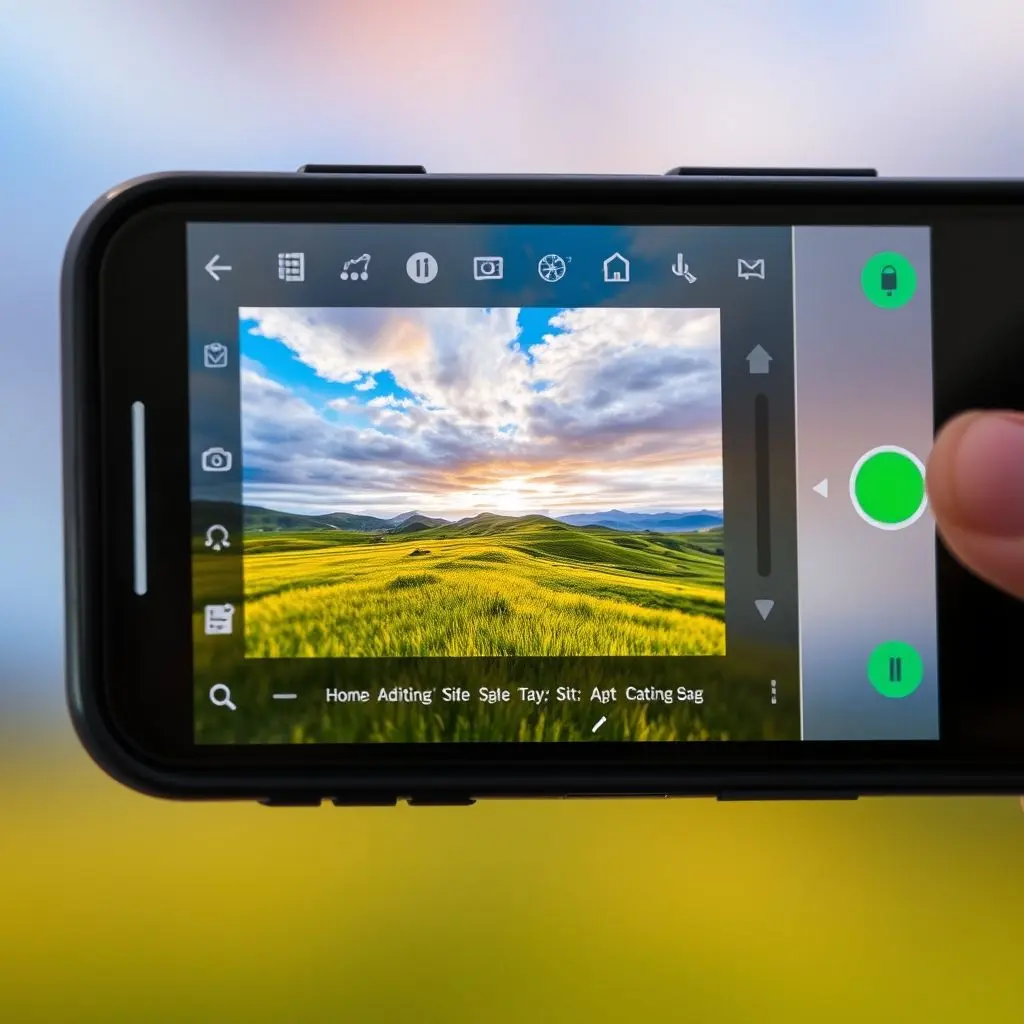
Most smartphones come with robust built-in editing capabilities, allowing for cropping, adjusting brightness, contrast, saturation, and applying filters. Beyond these, a vast ecosystem of third-party apps emerged, offering everything from one-tap presets to sophisticated professional-grade adjustments:
- Apps like Snapseed and Adobe Lightroom Mobile provide comprehensive control over nearly every aspect of an image.
- VSCO and Instagram filters popularized specific aesthetics and made stylized editing accessible to everyone.
- Specialty apps for retouching, creating collages, adding text, and more, further expanded creative possibilities.
This accessibility to editing tools empowered users to not just capture moments, but to enhance, stylize, and personalize their images, further blurring the lines between casual snapper and creative photographer.
The Flip Side of the Photographic Coin
While the benefits are immense, the smartphone photography boom hasn’t been without its downsides and criticisms:
- The Demise of Point-and-Shoots: The dedicated compact camera market was decimated as smartphones became “good enough” for most casual users.
- Impact on Professionals: While some pros embrace smartphones as valuable tools, others have seen a devaluation of professional photography as clients sometimes opt for “good enough” smartphone shots or expect more for less.
- Image Oversaturation: The sheer volume of images can lead to a sense of visual fatigue. Are we documenting life, or just compulsively clicking at everything (especially our food)?
- Authenticity Concerns: Easy-to-use editing tools and AI capabilities raise questions about image authenticity. Over-editing can create unrealistic portrayals, and the potential for sophisticated “deepfakes” or AI-generated imagery poses new challenges. Disclaimer: The field of AI image generation and manipulation is rapidly evolving, and its long-term societal impacts are still being understood.
- Privacy Issues: Automatic geotagging, cloud backups, and facial recognition in photos carry inherent privacy risks if not managed carefully.
Peering Through the Lens of Tomorrow
The evolution of smartphone photography is far from over. We can expect even more exciting advancements:
- More Advanced AI: AI will continue to play a central role, enabling even smarter scene recognition, real-time semantic segmentation (understanding different parts of an image), improved low-light performance, and perhaps even AI-assisted composition suggestions.
- Sensor and Lens Technology: Expect continued improvements in sensor size and quality, more sophisticated lens systems (e.g., liquid lenses for faster focus, variable apertures), and even better optical zoom.
- Video Prowess: The advancements in still photography are mirrored in video, with features like 8K recording, cinematic modes, and advanced stabilization becoming commonplace.
- Integration with AR/VR: Cameras will be key sensors for augmented and virtual reality experiences, blending the captured world with digital information in new and immersive ways.
- New Forms of Visual Communication: Computational photography might enable entirely new visual formats beyond traditional stills and videos.
One thing is certain: the little lens in your pocket will continue to punch far above its weight, shaping not just how we take pictures, but how we interact with the world around us.
Conclusion: A World Reshaped, One Pixel at a Time
From a novelty feature to a cornerstone of modern communication and self-expression, smartphone photography has profoundly reshaped our world. It has democratized an art form, empowered citizen journalists, fueled social media, and changed our very perception of what it means to capture a moment. The journey from blurry, low-res beginnings to AI-powered computational marvels is a testament to relentless innovation.
Smartphones didn’t just put a camera in everyone’s pocket; they put a storyteller, an archivist, and a global publisher there too. As the technology continues its rapid advance, the way we see, share, and experience our lives through the lens of our phones will only become more deeply intertwined and visually richer.
Frequently Asked Questions (FAQs)
- Q1: Did smartphones kill the DSLR and mirrorless camera market?
- A: Smartphones have largely replaced entry-level point-and-shoot cameras. However, DSLRs and mirrorless cameras still offer superior image quality, lens versatility, and manual control that professionals and serious enthusiasts prefer. The high-end camera market has adapted, focusing on these strengths. So, not killed, but definitely impacted and reshaped.
- Q2: Can smartphone photography be considered “professional”?
- A: Absolutely. Many professional photographers now use smartphones for specific types of work, especially where discretion, portability, or instant sharing are key. The quality of top-tier smartphone cameras, combined with powerful editing apps, can produce commercially viable results. The “professional” label depends more on the skill of the photographer and the requirements of the job than the gear itself.
- Q3: What is the biggest advantage of smartphone photography?
- A: The overwhelming advantage is ubiquity and convenience. Your smartphone is almost always with you, making it incredibly easy to capture spontaneous moments that would otherwise be missed. This is closely followed by ease of sharing.
- Q4: How has AI most significantly improved smartphone cameras?
- A: AI, through computational photography, has most significantly improved smartphone cameras in areas where small sensors traditionally struggle. Key improvements include low-light performance (Night Mode), dynamic range (HDR), and creating depth-of-field effects (Portrait Mode). AI essentially helps tiny hardware achieve results that once required much larger, more complex equipment.
